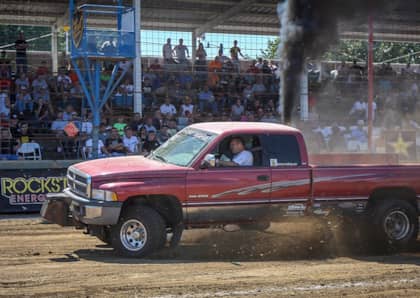Competition Diesel 101: A Beginner's Guide to Drag Racing
So you've modified your diesel over the winter and are wondering just how much faster your truck is. With the weather warming up, it’s time to get to the track and experience the rush of a boosted launch and the unique culture that is the drag racing hobby.
With diesel drag racing still being primarily a niche thing, we recommend hitting up your local track’s test 'n tune night if you’ll be competing for the first time. It’s also a good idea to go to a drag strip that runs a Sportsman (Christmas) tree, as this is the best way for an amateur to learn the art of the launch (i.e., dig, hole shot, start of the race).
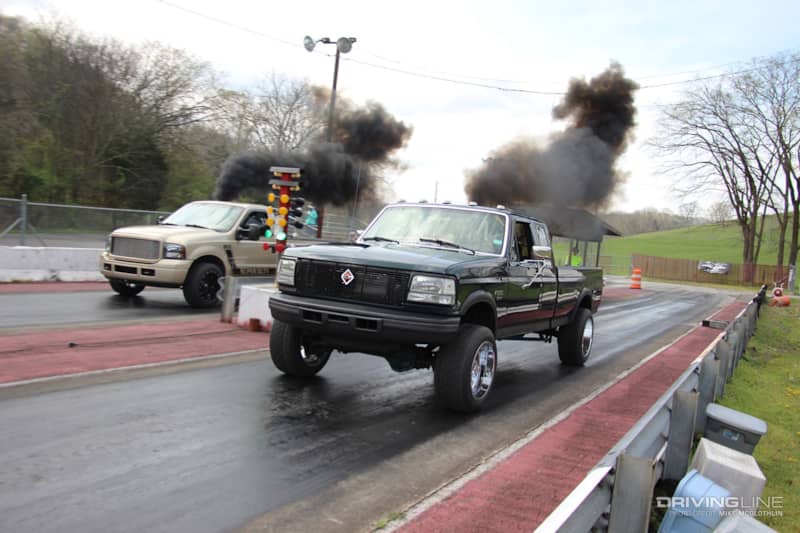
However, before you head to the track, check out the following tips so you know what to expect. There's a lot more to drag racing than simply lining up and putting the pedal to the metal.
1. Use Four-Wheel Drive (Where Applicable)
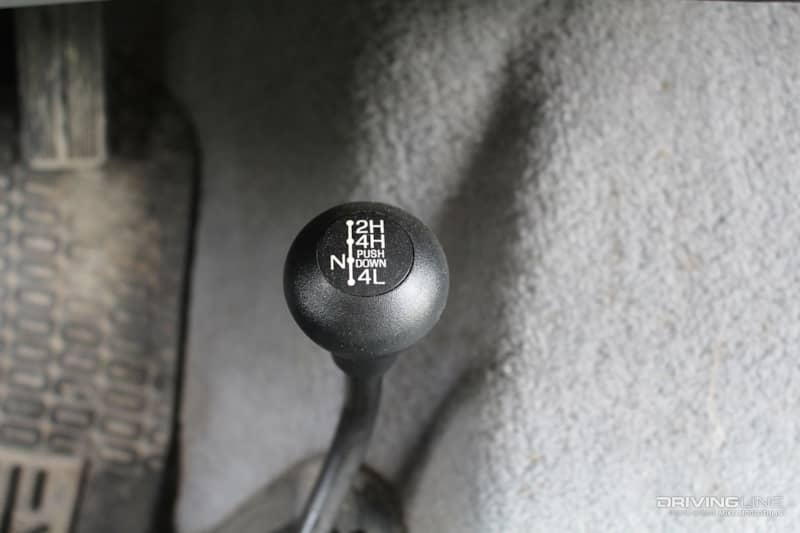
If you’ve got it, use it. Diesel trucks have the unique advantage of building considerable boost on the starting line, storing tremendous amounts of torque in the torque converter and then instantly putting all of it to use once it’s go time.
However, if you think you're going to find traction in two-wheel drive, on street tires and with (potentially) 1,000 lb-ft of torque on tap, you're wrong. Lock the transfer case in four-high and never look back. The difference between a two-wheel-drive and four-wheel-drive launch is a truck doing a 200-foot burnout vs. a truck that grips and goes.
2. Learn to Stage (Build Boost)
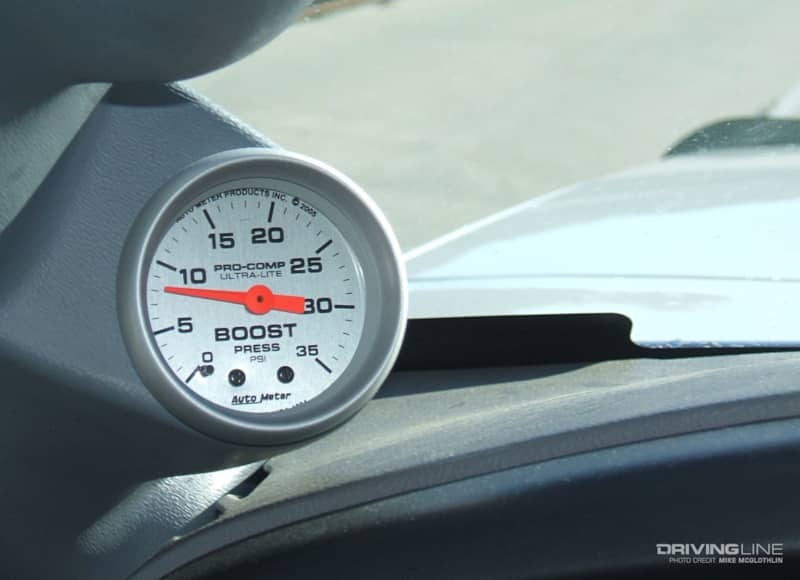
Just before you’ve tripped the first beam (with your front tires) which activates the top-most bulb on the tree, push the brake pedal to the floor and use the accelerator to begin building rpm and boost (power-braking). From there, creep forward slowly and continue to build boost (or at least, hold it steady) until the second pair of staging bulbs is lit, then maintain that boost and rpm or keep building on it.
With every truck being different (different horsepower levels, torque converter stalls, turbocharger sizing and configuration, and so on), the amount of boost that is needed to yield the best launch will vary. Too much boost can lead to tire spin or a frontend that hops. Too little boost and you’ll be slow to get out of the hole. Both scenarios will result in your elapsed time (E.T.) being longer than what the truck is truly capable of.
It’s up to you to find the happy medium on what boost to leave the line at. In general, single turbo trucks launch well at 10-12 psi of boost, while trucks with compound turbo setups require more (15-25 psi).
3. Leave on the Last Yellow
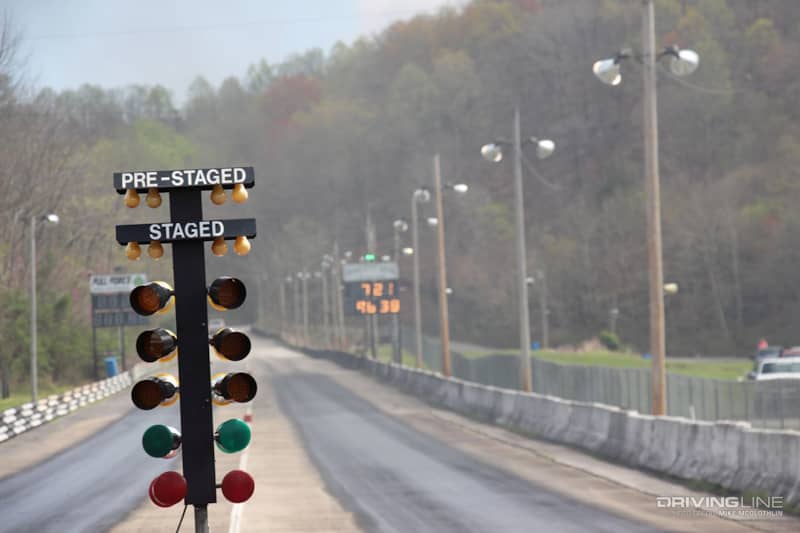
A common misconception with novice drag racers is that green means go. On a Sportsman tree, always leave on the last yellow amber, because this is when the reaction timer starts (the reaction time stops once your tires leave the starting line). Once you and the car or truck in the other lane are staged (both pairs of bulbs are lit), the large, solid ambers will gradually begin illuminating one at a time (in half-second intervals) from top to bottom. Once the third (last) amber lights, it’s time to go.
To be sure, it will take some practice; you’ll need to get a good feel for your truck in order to know exactly when to leave, so be prepared to make several passes before you get the best possible E.T. out of your truck. A green light indicates a correct start, while a red light means you left too soon.
4. Staging Etiquette (Be Courteous)
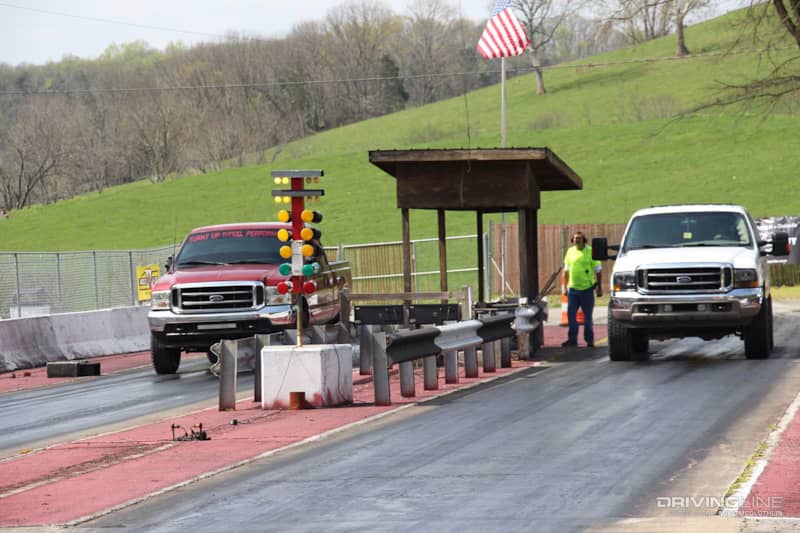
This is more important than you might think. Listening to track officials about where to line up and when to run is first and foremost, but it’s what you do while staging that is most vital. For starters, don’t double-bulb your competitor. This means you light both the pre-staged and staged bulbs by driving up to the starting line too quickly.
It’s customary for competitors to take turns lighting the bulbs (as in, you light your first bulb, your competitor lights his or hers, then inches forward to light the second, followed by you lighting your second bulb). This way, both parties are allowed to stage how they prefer to and aren’t rushed through the staging process.
On the flip side, it pays to light the bulbs in a reasonable timeframe. Remember that while you are power-braking your truck you’re building quite a bit of heat in the transmission. Taking too long to stage (or even timing out) can not only be frustrating, but it can be damaging to you or your competitor’s vehicle.
Many drag racers have thousands — if not hundreds of thousands — invested in their cars, so it behooves you to be as courteous in your staging habits as possible.
5. The Slip
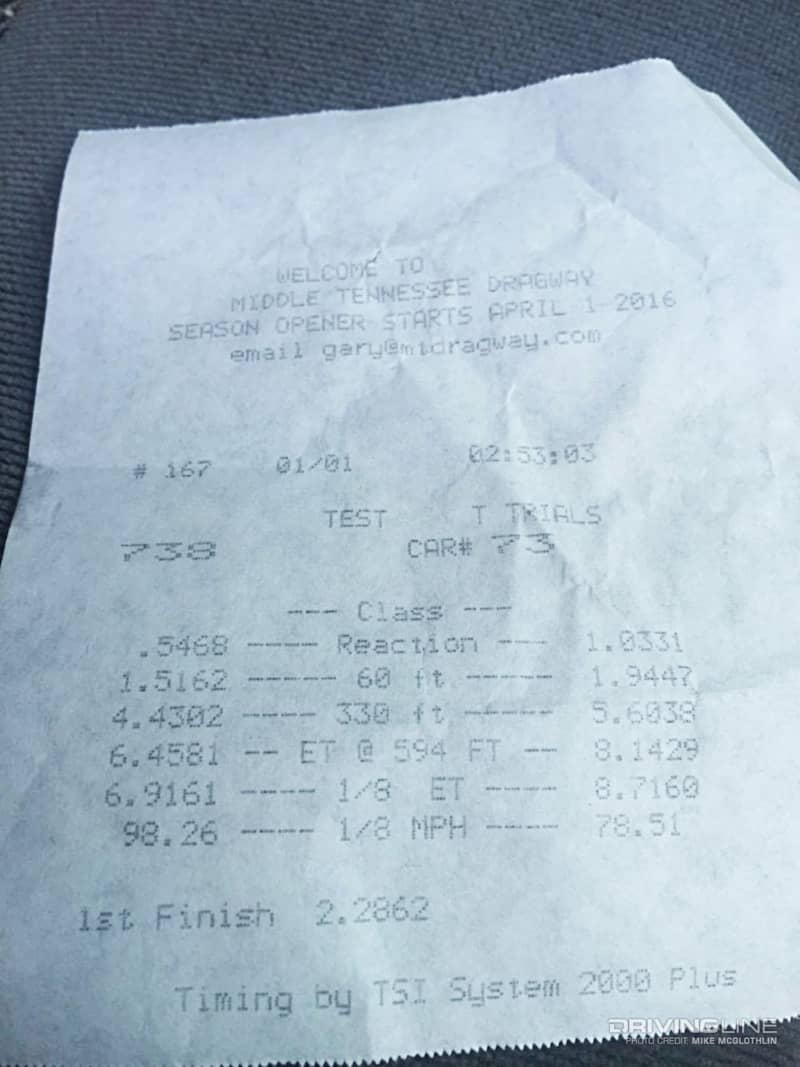
- R/T is your reaction time.
- The 60’ on your slip is your 60-foot time (under 2 seconds would indicate good traction on most trucks).
- The 1/8 is your eighth-mile elapsed time in seconds.
- The ¼ is your quarter-mile elapsed time.
- MPH is your vehicle’s recorded speed at the end of the track.
6. Final Tips
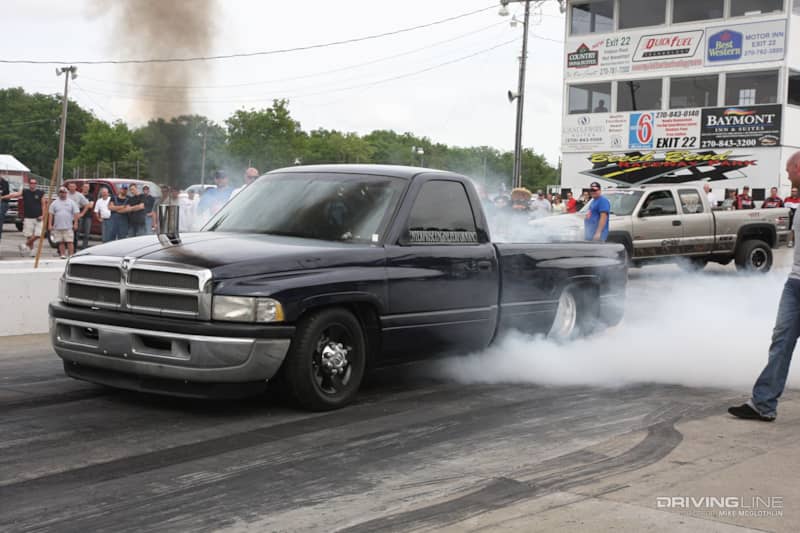
- Check with your local track first to see if there are any special safety requirements to race.
- Bring a helmet (some require one).
- Dress in long pants and wear closed-end shoes (no shorts or flip-flops).
- Make sure your truck’s bed is free of any loose or unwanted debris.
- Ensure you have no fluid leaks or cracks in your windshield (a no-no at most tracks).
- Air down your tires for a wider footprint.
- Leave the A/C off!
- Avoid the wet box if your truck is 4x4.
- Don’t forget your time slip printout at the end of the track.
- Pull over immediately along the guardrail if you break something or experience any type of mechanical failure. (This keeps debris off the track’s racing surface so a quick cleanup is all that is necessary to get racing back underway.)
To learn more diesel motorsport basics, check out our beginner's guide to sled pulling.




